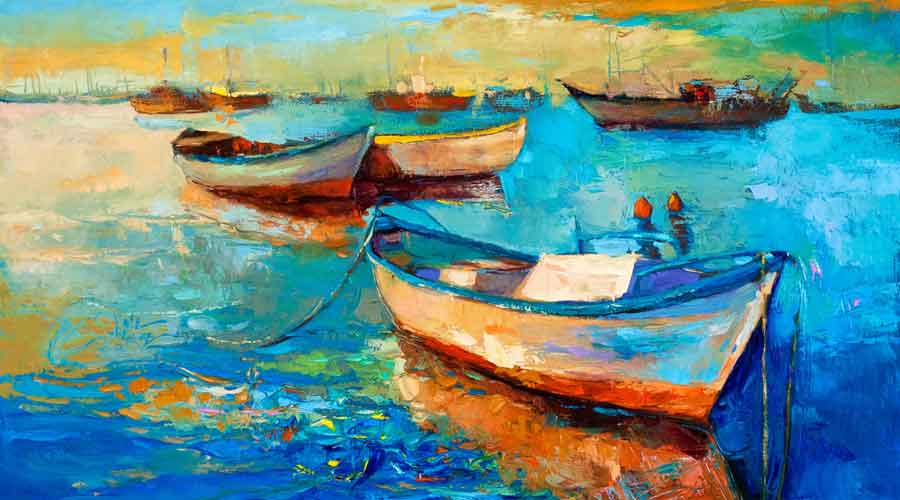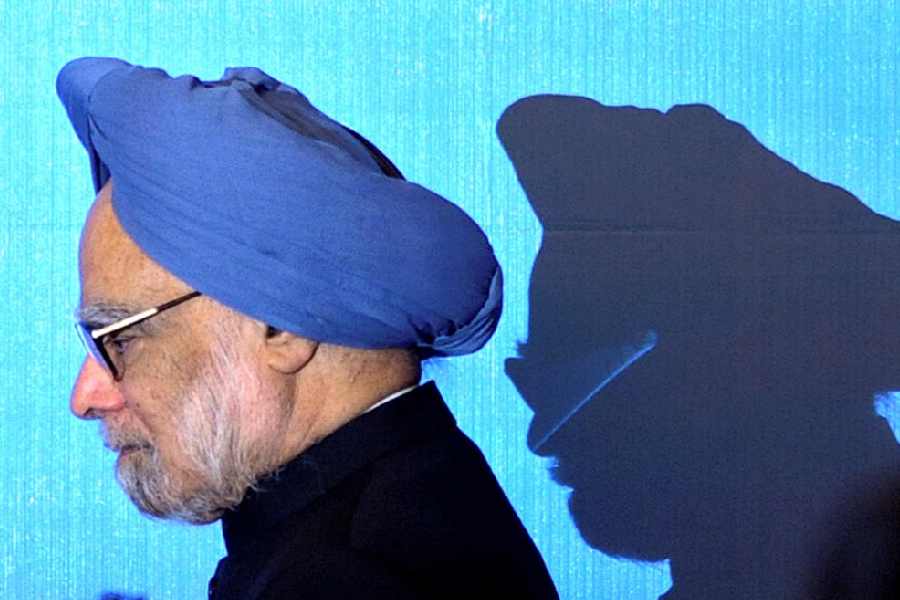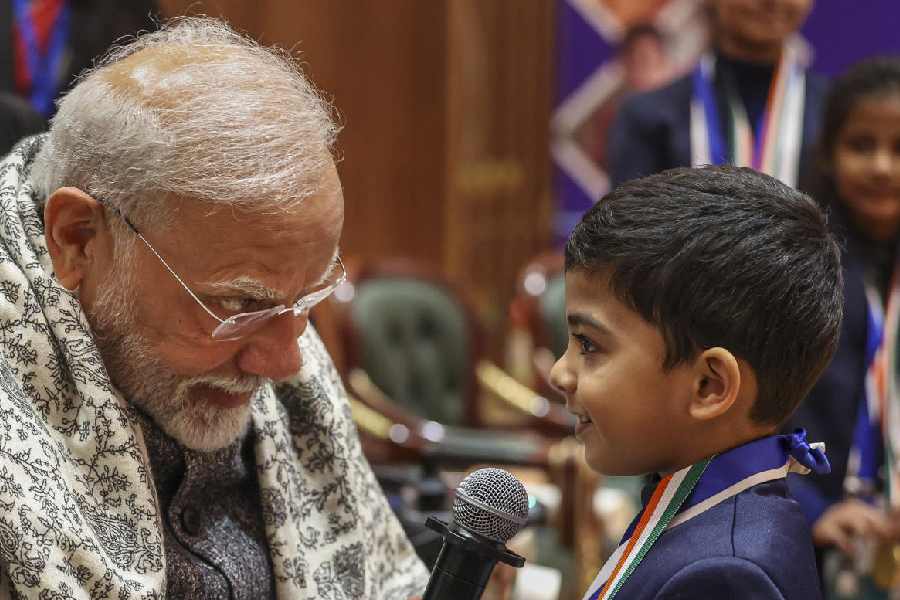Sir — The Impressionists are perhaps the most widely appreciated artists in the world. At the heart of this popularity is a romanticized story of a group of young artists who fought against conservatism and embraced plein air painting, capturing nature with unprecedented freshness. But the real reason museums promote the Impressionists is that their works readily lend themselves to merchandizing in an array of mementos, including postcards, mugs, scarves, jigsaw puzzles and even umbrellas. For galleries, people’s willingness to spend on such items is a winning formula.
Srikanta Bhattacharjee,
Calcutta
Leg in mouth
Sir — In the past we have often heard the governor of West Bengal lament that people of this state are living in fear. I would have to agree with him. We are living in fear that we might end up choosing a government whose state president cannot respect a woman and a chief minister, a government that embodies patriarchy to such an extent that its members cannot refrain from making lewd and cheap comments about someone who holds a constitutional position. What kind of a future or safety can we expect for women from such a government?
Bengal has always given its women the highest respect; they have defined the very essence of our society. Be it Rani Rashmoni, Sarada Devi, Kadambini Ganguly or the likes of Konkona Sen Sharma, Mahua Moitra, Arundhati Bhattacharya, to name just a few, Bengal’s women have ripped the curtains of ignorance and patriarchy to shreds.
The lack of ethics, moral principles and decency makes my heart bleed for my city, for my state and for my nation. The Bengal that the likes of Dilip Ghosh envisage is not the Bengal I know and all I can do is hope that we succeed in resisting the fascist forces looming at our door.
Srijani Banerjee,
Calcutta
Sir — Although vulgar comments from the Bharatiya Janata Party are not surprising anymore, what beggars belief is that none of these statements seems to have an effect on the electorate that remains in thrall to this deeply patriarchal, inequitable political party. Dilip Ghosh says that Mamata Banerjee should behave in a manner befitting Bengali culture, which according to him bars women from showing their legs. I would like to point out here that Bengali culture cares more about actions than what a woman wears or how she wears it. Moreover, since when is it part of Bengali culture to denigrate one’s opponent using misogynist statements?
One is also forced to wonder why the BJP leaders seem so paranoid about bare legs when it comes to women. The answer is not as simple as it is being made out to be on the internet — although the ingenuity of some of the reasons doing the rounds on social media must be applauded. It is not the bare leg that scares the BJP, it is the woman’s agency over herself and her own body that has the party quaking in its boots.
A.K. Sen,
Calcutta
Fatal colours
Sir — While Holi is a joyful time for people, it is important that animals — both pets and strays — are not harmed during the festivities. Stray dogs and cats are the victims of bullying with colours and water balloons. While humans can easily wash off the colours after the celebration, animals cannot do the same.
The colours used during the festival are often made with synthetic dyes that contain toxic metals and can cause skin allergies, rashes or even blindness in both people and animals. If animals inhale the powder, it can cause nasal irritation and respiratory allergies or infections. Animals which ingest it while grooming themselves can suffer from stomach ailments or other illnesses, or even die.
We need to educate people about the harmful effects of such colours on animals. More important, we should make people aware about how to take care of animals that do come in contact with colours — bathing them with mild shampoo and keeping an eye out for skin infections. If the situation gets worse, the animals should be taken to the vet immediately.
Pinaki Nandy,
Guwahati











